Casa Congreso de Angostura - Ciudad Bolívar: Where Gran Colombia was born [ENG/ESP]
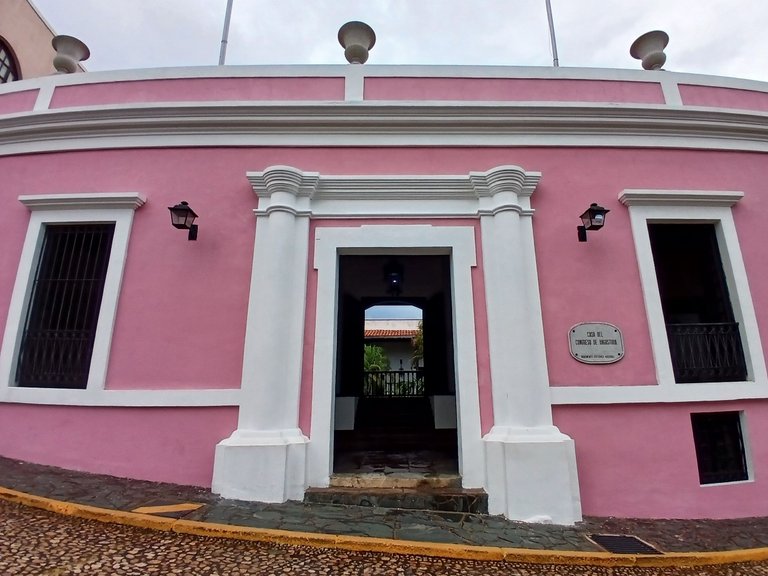
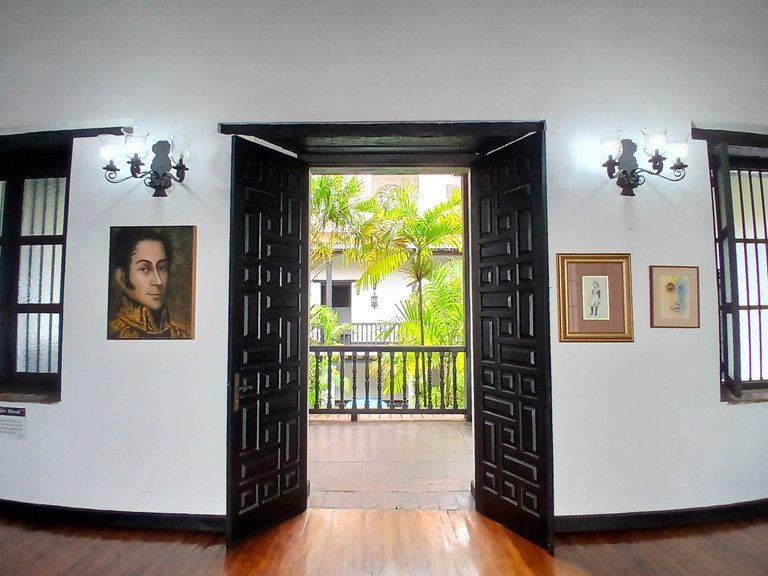

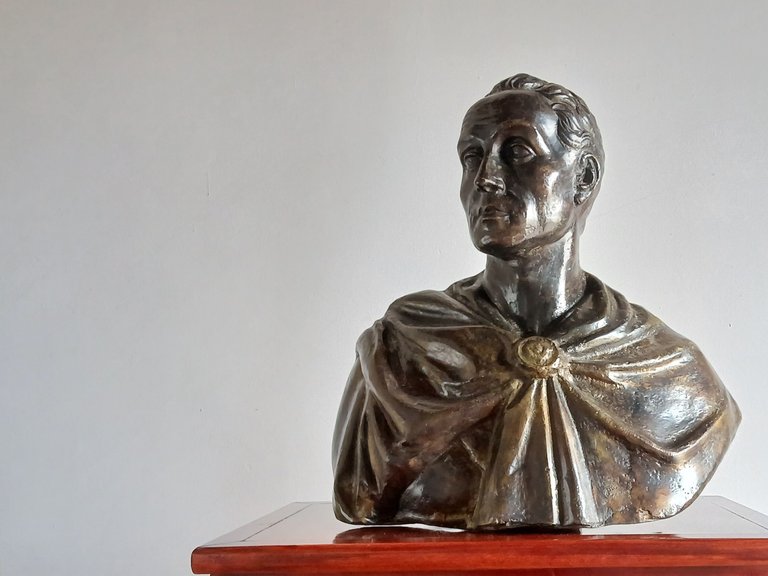
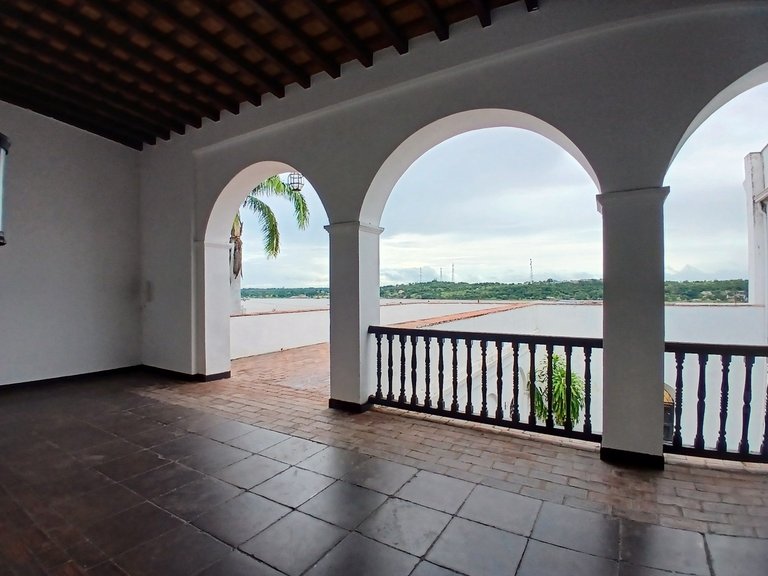
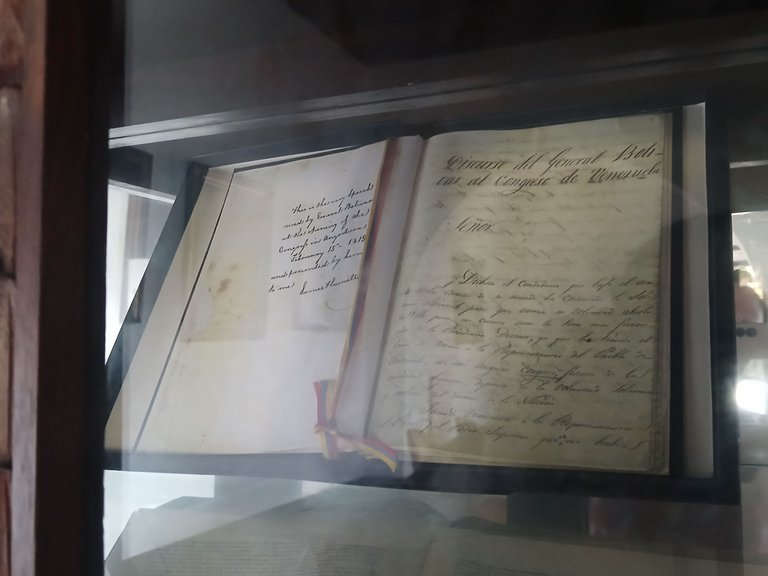
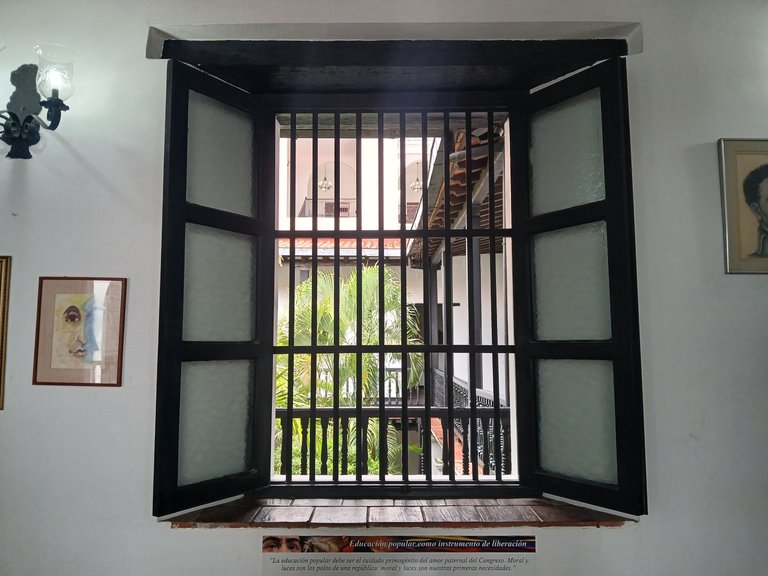
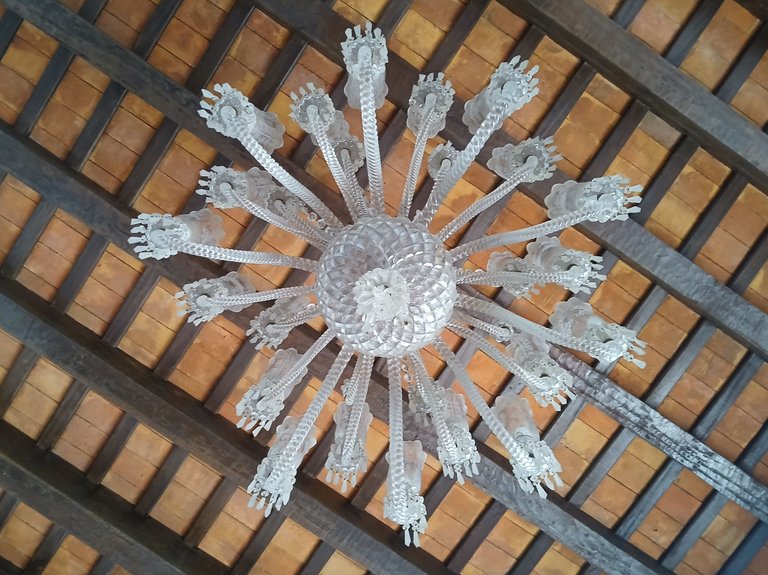
Greetings to everyone in the Worldmappin community! Today I'm joining you to share a new tourist review. This time, it's about the Angostura Congress House (also known as Angostura Palace), located in Ciudad Bolívar, Bolívar state, Venezuela. As I've mentioned before, Ciudad Bolívar is one of the most important places in Venezuela, given its historical milestones and also being strategically a favorable place due to its geographical location, paving the way for the formation of said Congress and other moments such as the Battle of El Gallo, Santo Tomás de la Nueva Guayana de la Angostura del Orinoco (present-day Ciudad Bolívar) being named Provisional City of Venezuela by Simón Bolívar (1818), the execution of Manuel Piar in Plaza Bolívar, the formation of the Correo del Orinoco (the first newspaper in Venezuela), and more. So, it doesn't go unnoticed. Today, I'm showing you a piece of this great city.
It is one of the most important buildings in Venezuela, as it was the site of the origin of the Congress of Angostura, an assembly that unified Venezuela and New Granada (Colombia) into what would become known as Gran Colombia (from 1819 to 1830). This event took place from 1819 to 1921, following the independence of Venezuela (1811) and Colombia (1810). The Congress of Angostura sought to consolidate new laws that were in line with this new historical context, leading to the modification of the 1811 Constitution of the first Republic of Venezuela, led by Juan Rodríguez del Toro. This historic milestone would set a new precedent for Venezuela, with Simón Bolívar as President of this new republic and Francisco de Paula Santander as Vice President. Also notable from this moment is Simón Bolívar's Angostura Speech, which essentially addresses the benefits of this union. It was printed in the Correo del Orinoco newspaper.
¡Saludos a todos en la comunidad de Worldmappin! El día de hoy me uno por aquí para compartir con ustedes una nueva reseña turística. En esta oportunidad se trata de la Casa del Congreso de Angostura (también conocido cómo Palacio de Angostura), ubicado en Ciudad Bolívar, estado Bolívar, Venezuela. Cómo comenté en anteriores oportunidades, Ciudad Bolivar es uno de los espacios más relevantes de Venezuela, dado sus hitos históricos y también siendo estratégicamente un lugar propicio por su ubicación geográfica dando paso para la formación de dicho Congreso y otros momentos cómo la Batalla del Gallo, Santo Tomás de la Nueva Guayana de la Angostura del Orinoco (actual Ciudad Bolívar) siendo nombrada cómo Ciudad Provisional de Venezuela por Simón Bolívar (1818), el fusilamiento de Manuel Piar en la Plaza Bolívar, la formación del Correo del Orinoco (primer periódico de Venezuela) y otros más. Por lo que no pasa desapercibido. Hoy les muestro un pedazo de esta gran ciudad.
Es uno de los edificios más importantes de Venezuela pues aquí se dió origen al Congreso de Angostura, asamblea que unificó a Venezuela y Nueva Granada (Colombia) en lo que se conocería cómo la Gran Colombia (de 1819 a 1830). Este hecho tuvo Lugar en el año 1819 y hasta 1921, luego de la independencia de Venezuela (1811) y Colombia (1810). El Congreso de Angostura busco consolidar nuevas leyes que estuvieran acorde a este nuevo contexto histórico, por lo que se modificó la Constitución del año 1811 de la primera República de Venezuela liderada por Juan Rodríguez del Toro. Este hito histórico marcaría un nuevo precedente para Venezuela, siendo Simón Bolívar Presidente de esta nueva república y teniendo como Vicepresidente a Francisco de Paula Santander. De este momento también destaca el Discurso de Angostura dado por Simón Bolívar, dónde básicamente habla sobre las bondades de esta unión. El mismo fue impreso en el periódico del Correo del Orinoco.
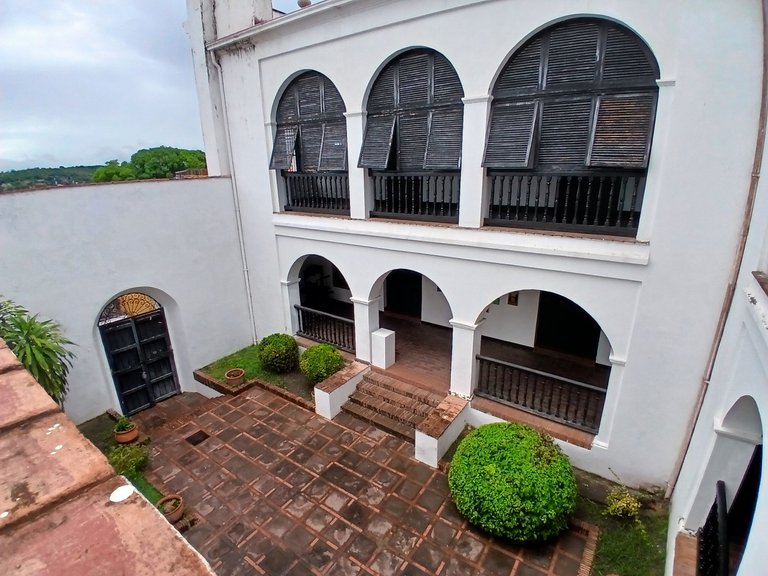
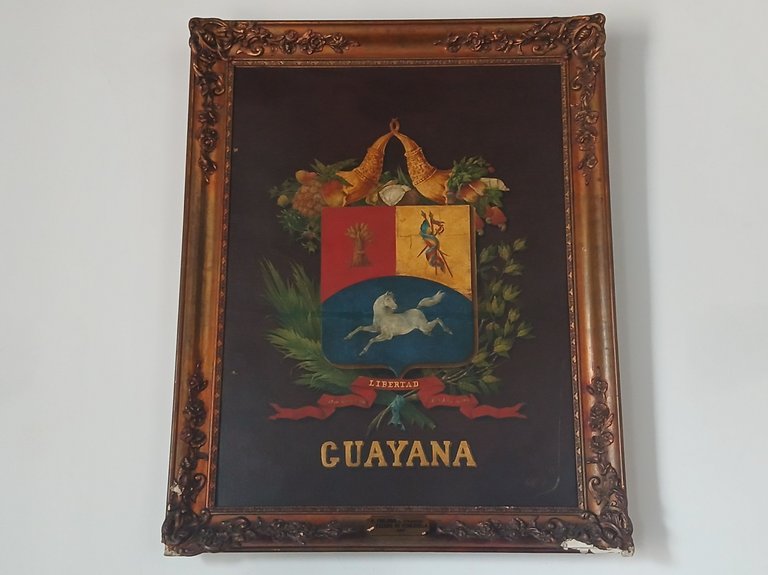
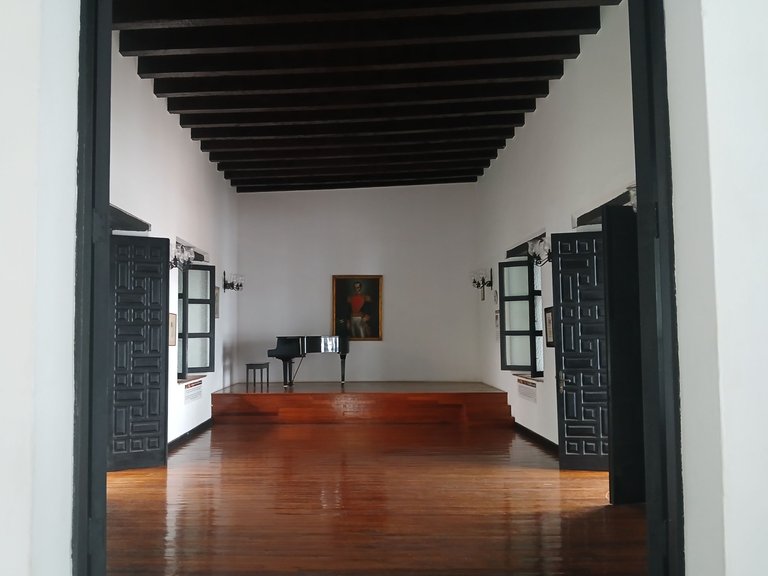
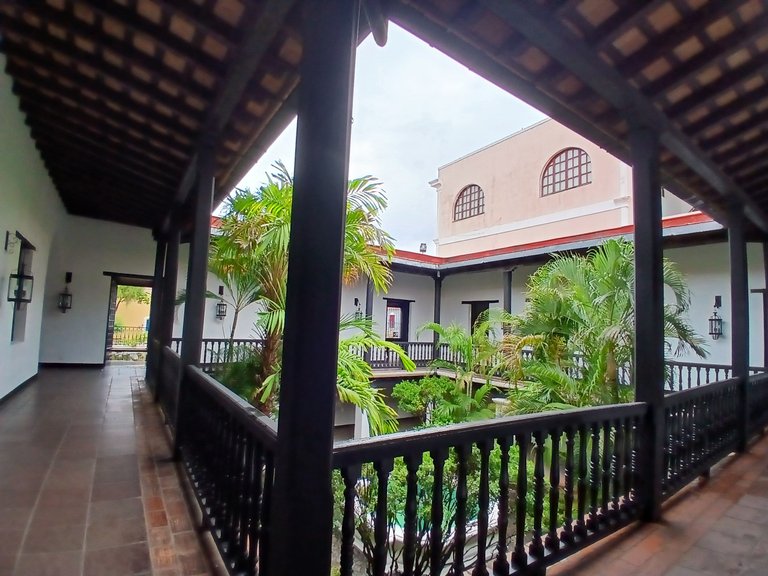
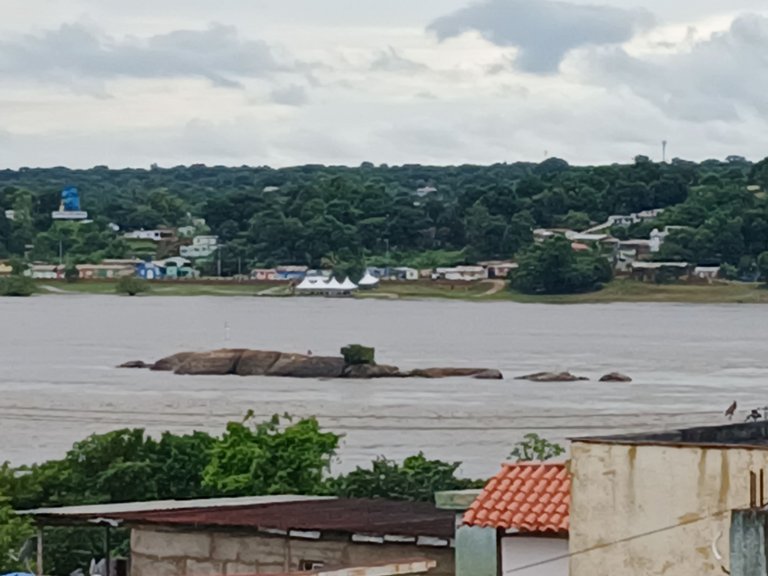
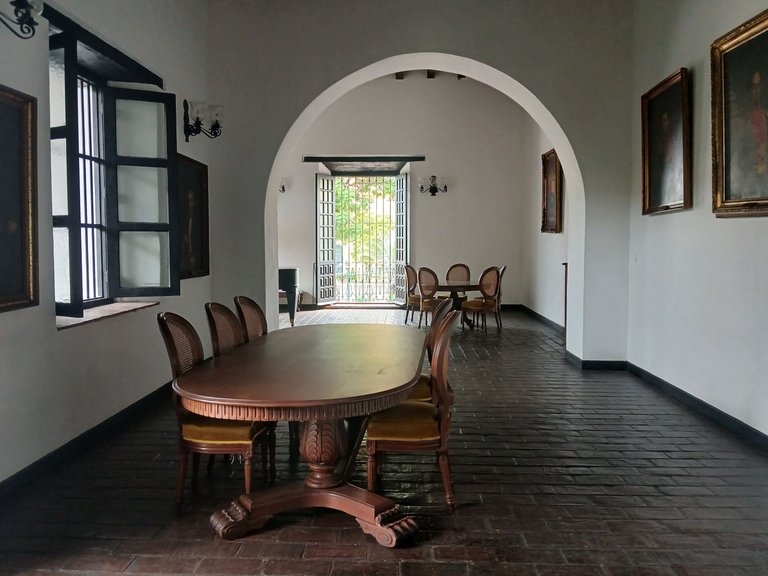
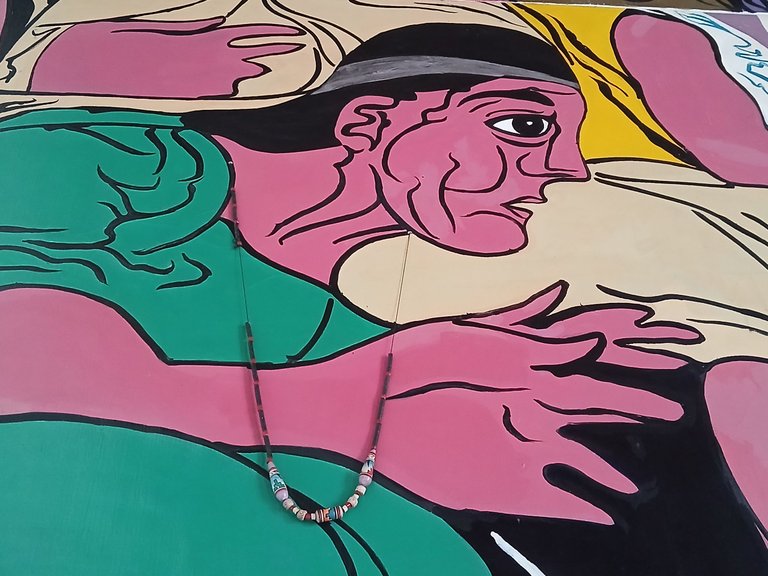
Now, focusing on the building itself, I was assisted by a local guide who gave me a tour of several of the house's rooms. This house belonged to Manuel Centurión Guerrero de Torren (1766) and was created to serve as a school. Like many historic buildings in Venezuela, it has passed through different owners and served different functions, including, of course, serving as the Congress of Angostura. In 1974, after undergoing several restorations, it became a National Historic Monument. It currently serves as a museum exhibiting some paintings of Venezuelan national heroes. It is also home to the Historical Archive of Guayana and a public library, housing period objects such as pianos, replicas of the Angostura Speech of Venezuela, and more.
Visiting this space is quite interesting, allowing you to imagine/mentally recreate how those moments were experienced in that house. Several of the paintings were done by Antonio Herrera Toro, Pedro Lovera, Raúl Moleiro, and, more recently, Vinicio Romero (who has an entire room dedicated to portraits of Bolívar) and Regulo Pérez, author of the large, colorful painting you see on the cover. History helps us understand our present, and as I progress in this endeavor, I increasingly understand the nuances (both dark and light) of my country. I bid farewell with a view of the street from this house, the place from which Simón Bolívar is said to have witnessed the execution of Manuel Piar. Without further ado, thank you very much for stopping by.
Ahora, centrándonos en el edificio, fui atendida por una guía del lugar quién me dió el recorrido por varias de las salas de la casa. Esta casa perteneció a Manuel Centurión Guerrero de Torren (1766) y fue creado con fines de servir cómo escuela. Cómo varios edificios históricos de Venezuela, paso por diferentes dueños y cumpliendo diferentes funciones, entre ellas está por supuesto servir para el Congreso de Angostura. En 1974, luego de pasar por algunas restauraciones, paso a ser Monumento Histórico Nacional. Sirviendo actualmente cómo museo dónde exhiben algunas pinturas de los próceres de Venezuela, siendo también sede del Archivo Histórico de Guayana y biblioteca publica, poseyendo objetos de la época cómo los pianos, réplicas del Discurso de Angostura de Venezuela y más.
Visitar este espacio resulta bastante interesante, imaginando/recreando mentalmente como se vivieron dichos momentos en esa casa. Varios de los cuadros fueron pintados por Antonio Herrera Toro, Pedro Lovera, Raúl Moleiro y más recientemente, Vinicio Romero (quién tiene una sala entera dedicada a retratos de Bolívar) y Regulo Pérez, autor del gran cuadro colorido que ven de portada. La historia nos sirve para entender nuestro presente y conforme avanzo en esta tarea, comprendo cada vez más los matices (oscuros y claros) que tienen mi país. Me despido con la vista que da a la calle esta casa, lugar de donde se dice, Simón Bolívar observó el fusilamiento de Manuel Piar. Sin más que decir, muchísimas gracias por pasar por aquí.

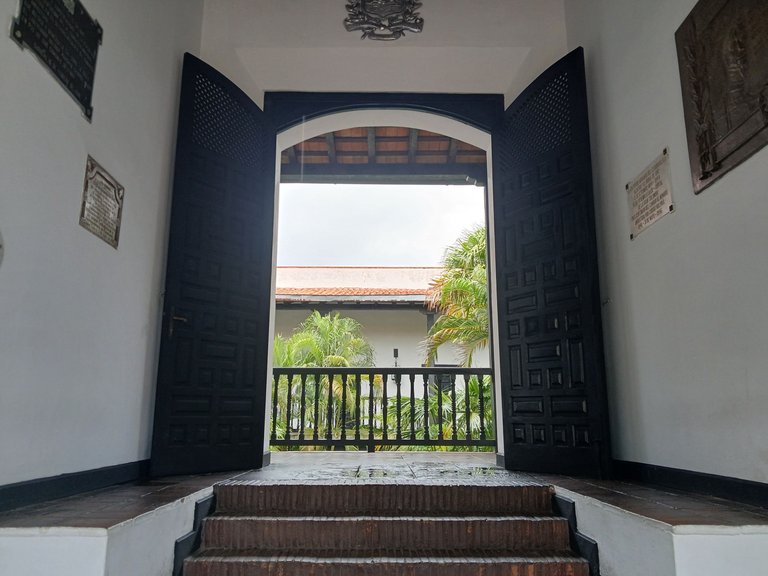
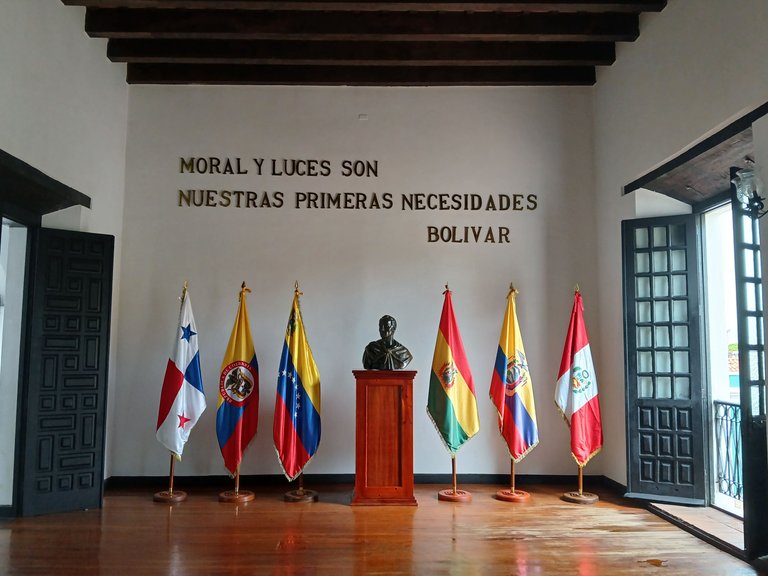
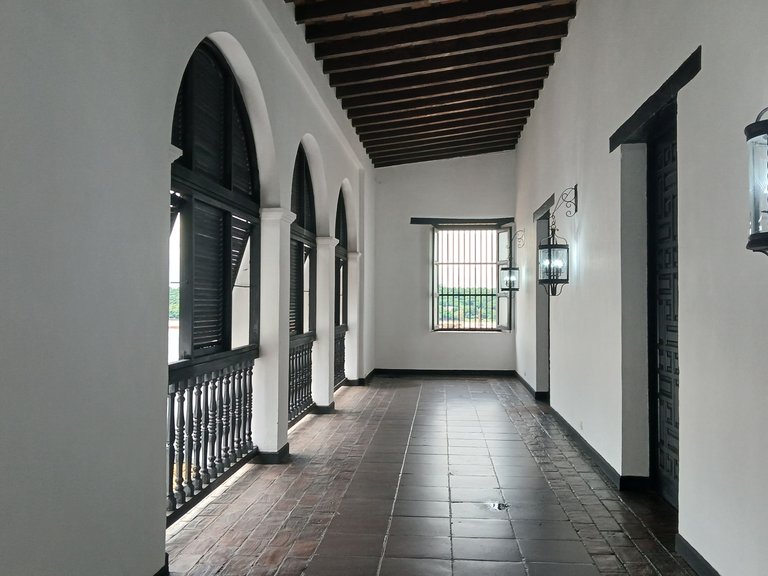
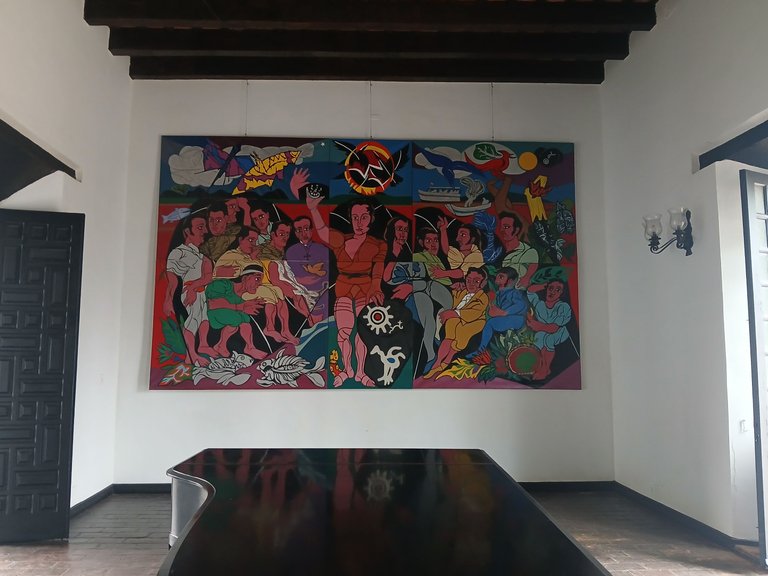
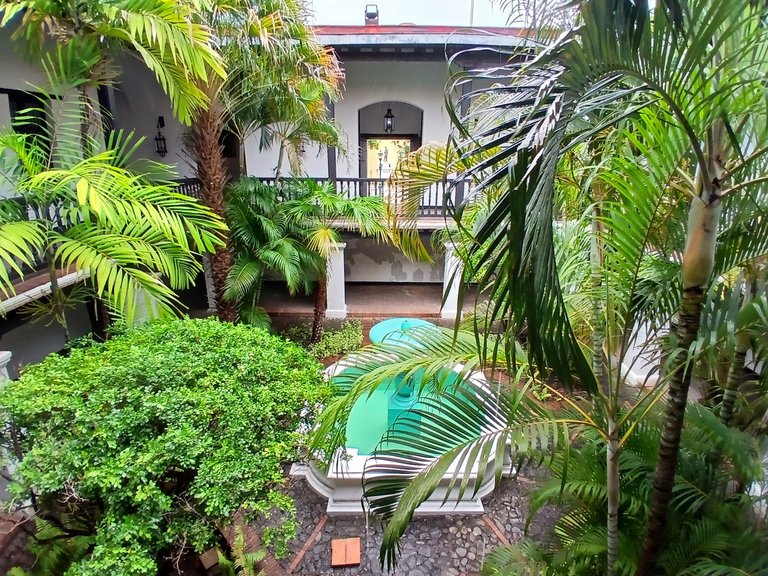
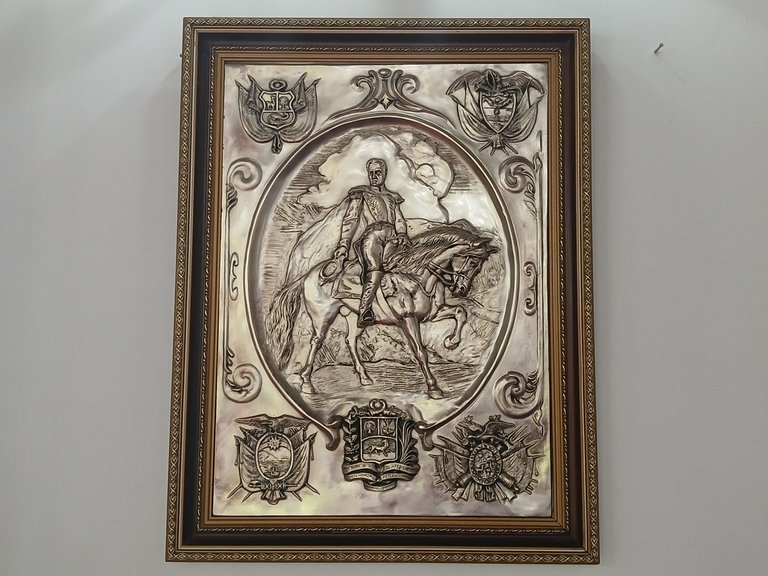

0
0
0.000
You can check out this post and your own profile on the map. Be part of the Worldmappin Community and join our Discord Channel to get in touch with other travelers, ask questions or just be updated on our latest features.
Hiya, @lauramica here, just swinging by to let you know that this post made it into our Honorable Mentions in Travel Digest #2606.
Your post has been manually curated by the @worldmappin team. If you like what we're doing, please drop by to check out all the rest of today's great posts and consider supporting other authors like yourself and us so we can keep the project going!
Become part of our travel community:
Congratulations @carminasalazarte! You have completed the following achievement on the Hive blockchain And have been rewarded with New badge(s)
You can view your badges on your board and compare yourself to others in the Ranking
If you no longer want to receive notifications, reply to this comment with the word
STOPCheck out our last posts:
!discovery 35
This post was shared and voted inside the discord by the curators team of discovery-it
Join our Community and follow our Curation Trail
Discovery-it is also a Witness, vote for us here
Delegate to us for passive income. Check our 80% fee-back Program
Es una hermosa casa con grandes historias, en sus espacios el Libertador pronunció el célebre Discurso de Angostura, que permitió la creación de La Gran Colombia
Saludos!